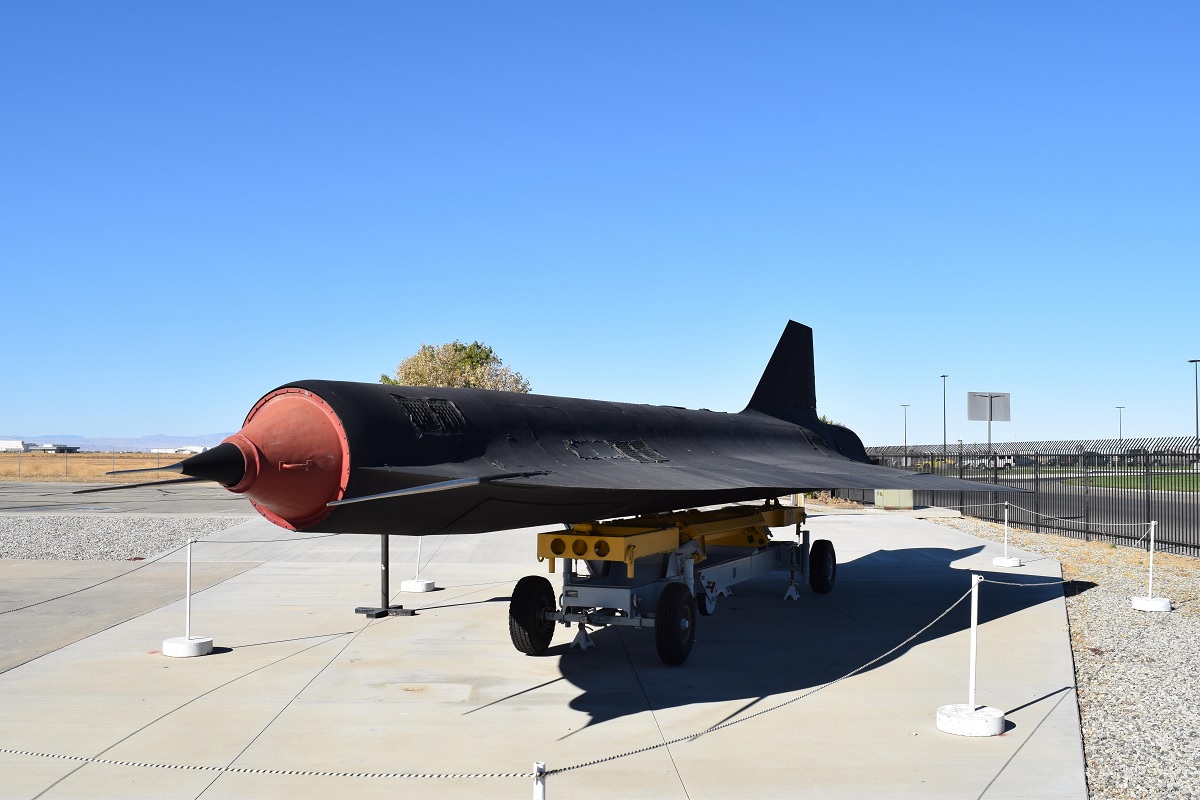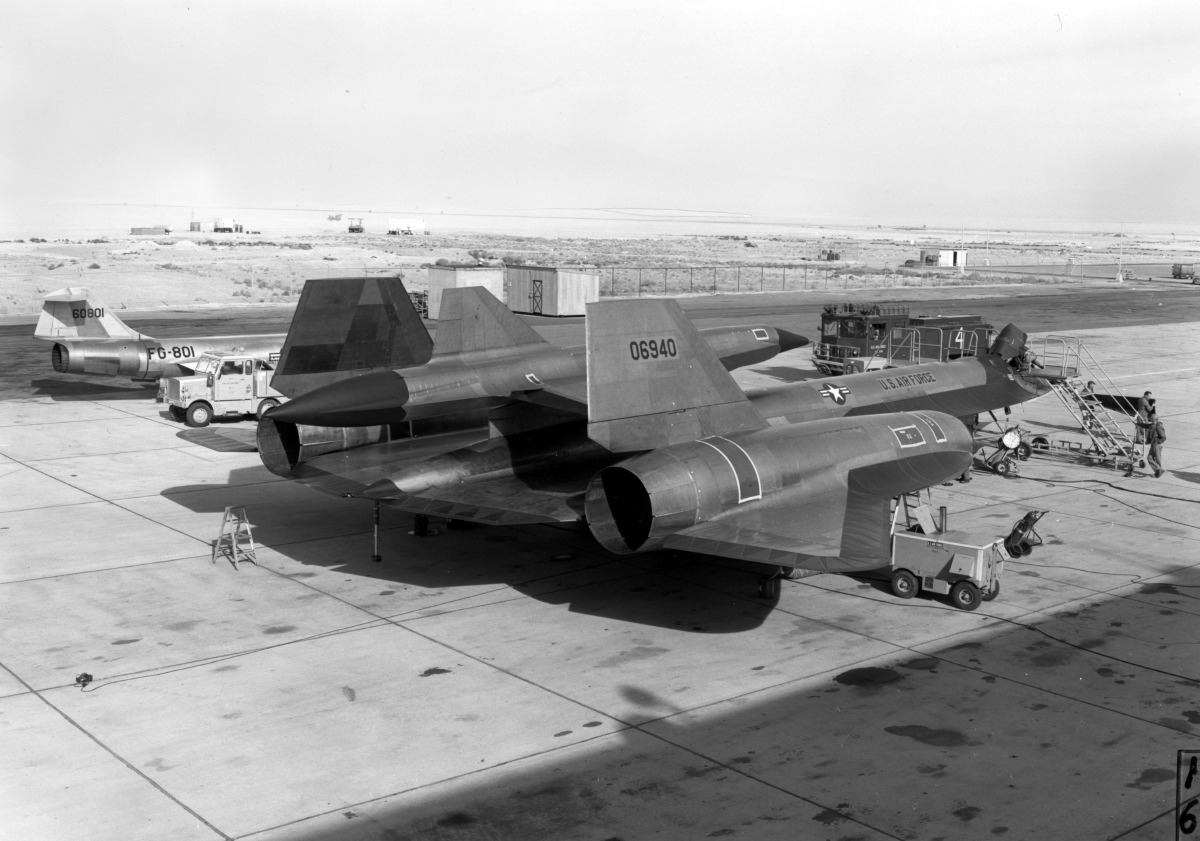The D-21 was created to carry a single, high-resolution camera over a predetermined route, release the camera module for collection, and then self-destruct
The highly developed Lockheed D-21 was a remotely piloted aircraft (RPA) built for high-speed, high-altitude strategic reconnaissance missions over hostile territory. The D-21 employed technology from the A-12/YF-12/SR-71 “Blackbird” series of high-speed manned aircraft, which was developed by the renowned Lockheed “Skunk Works” in the 1960s. The D-21, however, was propelled by ramjets as opposed to the Blackbird’s turbojet engines.
According to Lou Drendel in his 1982 book SR-71 Blackbird In Action, the Lockheed D-21 Drone was not well known until many of them began to appear at Davis-Monthan Air Force Base’s aircraft storage and disposition center in late 1976. Even though it was an unplanned retirement celebration, the fact that the D-21s were escorted to their retirement residence by armed guards revealed just how covert their operative lives were.

According to Drendel “it wasn’t long before D-21s were spotted languishing in the Arizona sun, more than slightly incongruous among the T-34s and T-28s in neighboring parking areas. Pictures were taken, questions were asked, and various versions of what they were, what they did, where they came from, and how many were built began to emerge.”
In its Oct. 31, 1977 issue, Aviation Week & Space Technology quoted an ‘Official’ as saying “that the drone was conceived as a subscale prototype for the initial proof-of-concept flight testing of design features that were applied to the A-11 [the A-12’s precursor].” 38 D-21s were constructed between 1964 and 1967, according to Aviation Week & Space Technology, and they served as an interim strategic reconnaissance platform while the SR-71 was in development. They asserted that the drone was launched at high speed and altitude after being carried aloft partially submerged in the belly of the A-11/YF-12A.
Drendel continues: “Whether the drone was indeed conceived as a proof-of-concept model for the Blackbird may be open to speculation. And as long as we are speculating, is it possible that the D-21 was conceived and designed to overfly sensitive areas, thus circumventing Ike’s promise to stop manned overflights of the USSR?”

We now know that Drendel’s hypothesis was accurate.
President Dwight Eisenhower suspended all manned flights over the Soviet Union after Francis Gary Powers’s U-2 spy plane was shot down on May 1, 1960, according to documentation from the Air Force Test Center History Office. Even though the United States government intended to use satellites for reconnaissance, the technology wasn’t ready yet, therefore the Central Intelligence Agency (CIA) concluded that unmanned drones could cover the void until satellites became a feasible option.
The creation of D-21 started in October 1962. The founder of Skunk Works, Kelly Johnson, came up with the idea for a long-range drone that made extensive use of the A-12’s technology. The CIA and the U.S. Air Force (USAF) gave Lockheed the order to research the idea of a fast, high-altitude drone in October 1962. Johnson proposed a range of 3,000 nautical miles (3,500 mi; 5,600 km), speeds of Mach 3.3-3.5, and an operational altitude of 87,000-95,000 feet (27,000-29,000 m).
Due to its ramjet engine, which needed to be air-launched at a specific speed to ignite, the D-21 required a mothership to launch. To air-launch the D-21 drone at first, Lockheed testers utilized an M-21, which is essentially a Lockheed A-12 variant. The M-21’s back would be used to launch the D-21. The D-21 was built to carry a single, high-resolution camera over a predetermined route, release the camera module for collection, and then self-destruct after that.
The D-21, however, encountered an “asymmetric unstart” during the fourth flight test as it moved through the M-21’s bow wake, which caused the mothership to pitch up and collide with the D-21 at Mach 3.25. Bill Park and Ray Torick, two crew members, ejected the M-21, but Torick drowned in the ocean as his flight suit ruptured and filled with water.
The M-21 launch program was discontinued following the disaster, but testers continued to feel that the D-21 would make a useful surveillance drone and chose to launch the drone from B-52Hs as part of a top-secret test program known as Tagboard. The D-21 project’s new codename was Senior Bowl.

The first D-21 launch from a B-52 was successful on June 16, 1968, following a number of unsuccessful attempts. At 90,000 feet, the drone covered 3,000 miles. The CIA and the Air Force decided to execute four operational launches after a few additional flight tests, all of which failed in some way. Despite two successful flights, the imagery from the D-21’s hatch could not be retrieved. One of the other two operable flights was lost in a fiercely guarded location, and the other D-21 just vanished after takeoff.
On July 15, 1971, the D-21 program was terminated, and both of the B-52s used for the program were delivered back to active Air Force units.
As we’ve previously mentioned, the 412th Test Wing at Edwards Air Force Base (AFB) commissioned renowned aviation artist Mike Machat in October to create a nose painting to celebrate the 50th anniversary of the Lockheed D-21 supersonic reconnaissance drone.
The bomber, one of two B-52Hs used in Project Senior Bowl, was mounted on B-52 #60-0036.

Photo: Kenji Thuloweit / U.S. Air Force and Lockheed Martin

